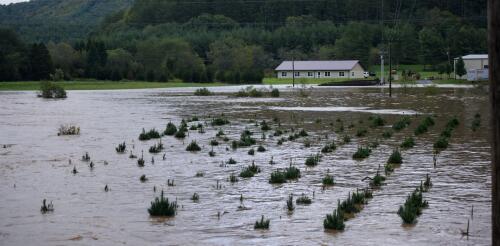Probability
Acapulco wasn’t prepared when Hurricane Otis struck as a powerful Category 5 storm on Oct. 25, 2023. The short notice as the storm rapidly intensified over the Pacific Ocean wasn’t the only problem – the Mexican resort city’s buildings weren’t designed to handle anything close to Otis’ 165 mph winds. While Acapulco’s oceanfront high-rises were built to withstand the region’s powerful earthquakes, they had a weakness. Since powerful hurricanes are rare in Acapulco, Mexico’s building codes didn’t require that their exterior materials be able to hold up to extreme winds. In fact, those materials were often kept light to help meet earthquake building standards. Otis’ powerful winds ripped off exterior cladding and shattered windows, exposing bedrooms and offices to the wind and rain. The storm took dozens of lives and caused billions of dollars in damage. A US$130 million lu...
Hurricane Helene caused deadly and destructive flooding when it swept through the Southeast on Sept. 26-29, 2024. Across a broad swath of western North Carolina, where the worst flooding occurred, the amount of rainfall exceeded levels that would be expected on average only once every 1,000 years. But this wasn’t the first 1,000-year rainstorm in North Carolina this year. In mid-September, an unnamed slow-moving storm produced more than a foot of rainfall closer to the Atlantic coast. This storm inundated areas that had already been drenched by Tropical Storm Debby in August. As atmospheric scientists and state climatologists, we believe it’s important for the public to understand the risk that extreme events may occur. That’s especially true as climate change alters the conditions that create and feed storms. Here’s how scientists calculate storm probabilities, and why events like a 1,000-year storm can happen much more frequently in some places than tha...

